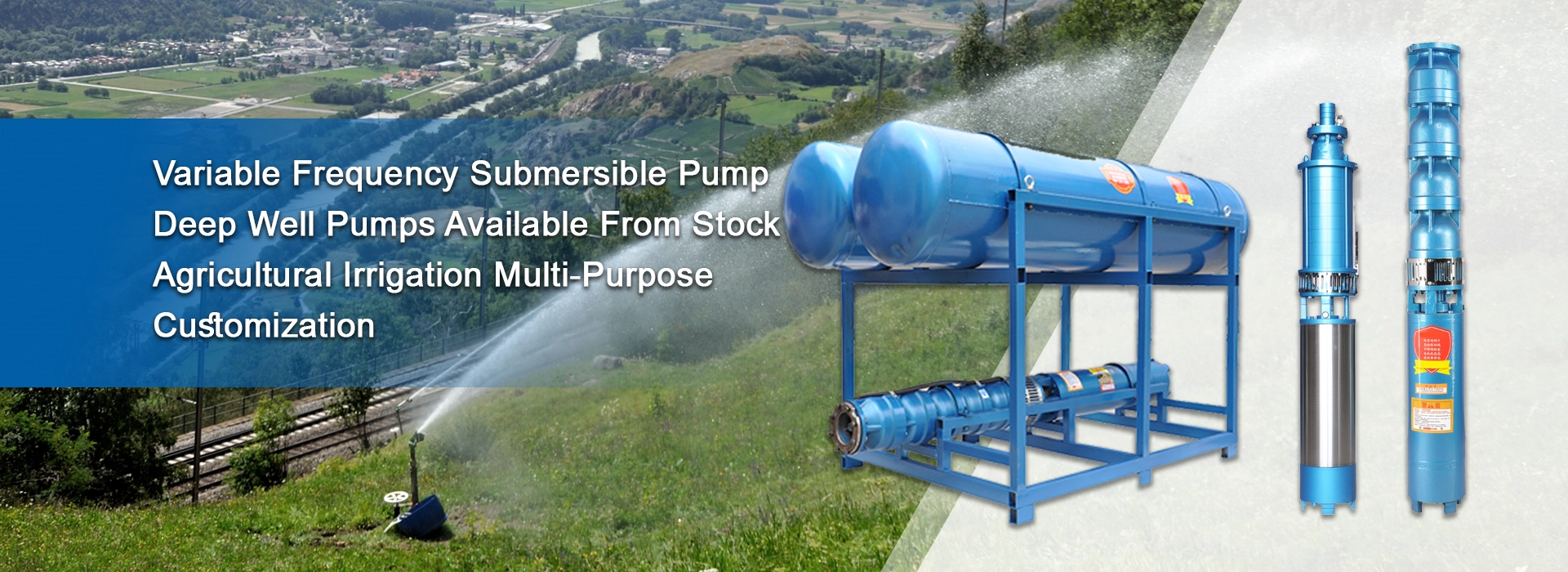Nov . 07, 2024 06:29 Back to list
Exploring the Benefits of Deep Well Submersible Pumps for Efficient Water Supply Systems
Understanding Deep Well Submersible Pumps
Deep well submersible pumps are remarkable devices engineered to transport water from deep underground sources to the surface. They play a crucial role in various applications, including agricultural irrigation, municipal water supply, and industrial processes. Their design and functionality allow them to operate efficiently in challenging conditions, making them indispensable in many regions where groundwater is the primary source of fresh water.
How Deep Well Submersible Pumps Work
A submersible pump is designed to operate while submerged in the fluid it is pumping. The basic structure of a submersible pump includes a motor, a pump body, and an impeller. The motor is located at the bottom of the pump, submerged in the water, and is sealed to prevent water intrusion. The pump body and impeller work together to create pressure, pushing water from deep wells up to the surface.
When operational, the electric motor drives the impeller, which spins rapidly and generates a centrifugal force. This force pushes water through the pump and up the discharge pipe to the surface. The design of submersible pumps allows them to be incredibly efficient; they do not have to overcome the pressure of the water column above them, resulting in lower energy consumption compared to other types of pumps.
Applications of Deep Well Submersible Pumps
Deep well submersible pumps are utilized across various sectors. In agriculture, they are essential for irrigating crops in areas where surface water is limited. Farmers rely on submersible pumps to extract groundwater, ensuring a reliable supply of water throughout growing seasons.
Municipal water systems also depend on these pumps to provide drinking water to communities. In many urban and rural areas, deep well submersible pumps are the backbone of water supply infrastructure. They help meet the demands of residential and commercial users while ensuring the sustainability of groundwater resources.
Additionally, industries such as mining and construction use deep well pumps to manage groundwater levels, facilitating operations and preventing flood risks. Their robustness and reliability make them suitable for these intensive applications.
deep well submersible

Advantages of Using Deep Well Submersible Pumps
Submersible pumps offer numerous advantages over traditional pumping systems. First, their installation is relatively straightforward compared to above-ground pumps. Because they are submerged, they can be placed in locations where space is limited, without interfering with other structures.
Another advantage is their longevity. With proper maintenance, deep well submersible pumps can operate for many years. They are designed to withstand harsh conditions, including high pressure and corrosive environments, particularly when constructed from durable materials like stainless steel.
Moreover, these pumps are low-maintenance. Once installed, they usually require minimal attention, aside from periodic inspections and occasional servicing. This reliability minimizes downtime, ensuring that water supply systems remain operational even under high demand.
Challenges and Considerations
Despite their advantages, deep well submersible pumps come with challenges. Proper sizing and installation are crucial; a pump that is too large or too small for the application can lead to inefficiencies and increased energy costs. Furthermore, the depth of the well and the characteristics of the aquifer must be carefully considered to ensure optimal performance.
In addition, the environmental impact of groundwater extraction must be managed effectively. Over-extraction can lead to depletion of aquifers, which can have severe consequences for both ecosystems and human communities.
Conclusion
Deep well submersible pumps are an essential technology in modern water management. Their ability to efficiently transport groundwater makes them invaluable in agriculture, municipal water supply, and various industrial applications. As the demand for fresh water continues to rise, understanding and improving the use of these pumps will be critical to sustainable water resource management.
-
Submersible Water Pump: The Efficient 'Power Pioneer' of the Underwater World
NewsJul.01,2025
-
Submersible Pond Pump: The Hidden Guardian of Water Landscape Ecology
NewsJul.01,2025
-
Stainless Well Pump: A Reliable and Durable Pumping Main Force
NewsJul.01,2025
-
Stainless Steel Submersible Pump: An Efficient and Versatile Tool for Underwater Operations
NewsJul.01,2025
-
Deep Well Submersible Pump: An Efficient 'Sucker' of Groundwater Sources
NewsJul.01,2025
-
Deep Water Well Pump: An Efficient 'Sucker' of Groundwater Sources
NewsJul.01,2025
-
 Submersible Water Pump: The Efficient 'Power Pioneer' of the Underwater WorldIn the field of hydraulic equipment, the Submersible Water Pump has become the core equipment for underwater operations and water resource transportation due to its unique design and excellent performance.Detail
Submersible Water Pump: The Efficient 'Power Pioneer' of the Underwater WorldIn the field of hydraulic equipment, the Submersible Water Pump has become the core equipment for underwater operations and water resource transportation due to its unique design and excellent performance.Detail -
 Submersible Pond Pump: The Hidden Guardian of Water Landscape EcologyIn courtyard landscapes, ecological ponds, and even small-scale water conservancy projects, there is a silent yet indispensable equipment - the Submersible Pond Pump.Detail
Submersible Pond Pump: The Hidden Guardian of Water Landscape EcologyIn courtyard landscapes, ecological ponds, and even small-scale water conservancy projects, there is a silent yet indispensable equipment - the Submersible Pond Pump.Detail -
 Stainless Well Pump: A Reliable and Durable Pumping Main ForceIn the field of water resource transportation, Stainless Well Pump has become the core equipment for various pumping scenarios with its excellent performance and reliable quality.Detail
Stainless Well Pump: A Reliable and Durable Pumping Main ForceIn the field of water resource transportation, Stainless Well Pump has become the core equipment for various pumping scenarios with its excellent performance and reliable quality.Detail
